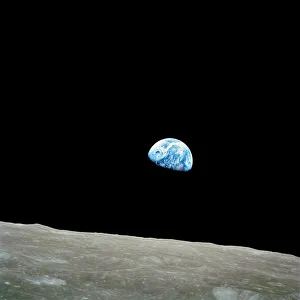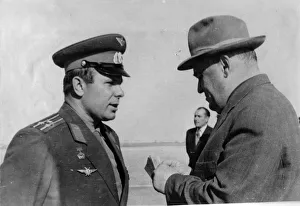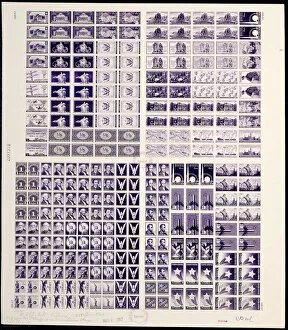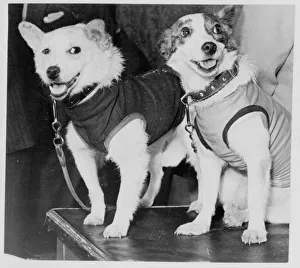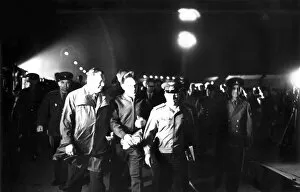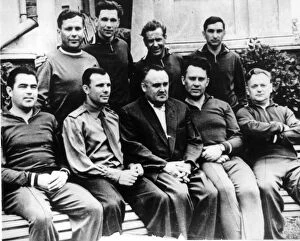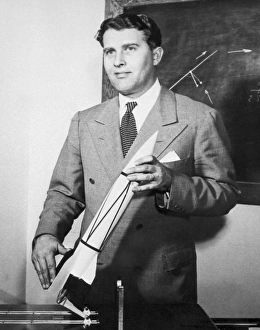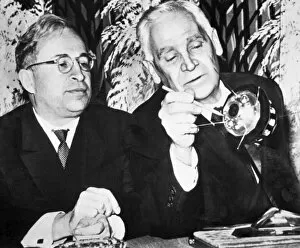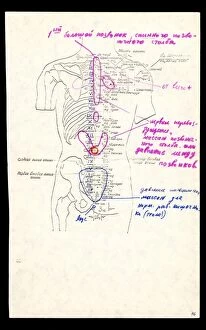Space Programme Collection
"Exploring the Unknown: A Glimpse into the Space Programme" Embarking on a journey beyond our earthly boundaries
All Professionally Made to Order for Quick Shipping
"Exploring the Unknown: A Glimpse into the Space Programme" Embarking on a journey beyond our earthly boundaries, the space programme has captivated humanity's imagination for decades. From Earthrise over Moon captured by Apollo 8 to Yuri Gagarin's historic voyage, these moments have shaped our understanding of the cosmos. In 1961, Russian cosmonaut Yuri Gagarin and rocket engineer Sergey Korolyov etched their names in history as they propelled mankind into space. Their pioneering spirit paved the way for future explorations and ignited a global fascination with what lies beyond our atmosphere. The Baikonur Cosmodrome witnessed another milestone in 1963 when Valentina Tereshkova became the first woman to venture into space. Her courageous mission shattered stereotypes and inspired generations of women to reach for the stars. Even before human presence, Sputnik 1, launched in 1957, marked Russia's triumph as it became the world's first artificial satellite. This groundbreaking achievement set off an international race towards scientific advancements and technological breakthroughs. Not forgetting our furry companions who played their part in this grand endeavor; Laika -the brave Russian cosmonaut dog- took her place aboard Sputnik 2 in 1957 while Belka and Strelka followed suit three years later. These canine pioneers proved that living beings could survive outer space conditions, paving the way for further exploration possibilities. However, amidst these remarkable achievements lie tales of sacrifice. Vladimir Komarov's final steps at Baikonur Cosmodrome in April 1967 serve as a poignant reminder of how far we are willing to go for progress. His tragic death during re-entry highlighted both bravery and risks associated with venturing beyond Earth's protective embrace. Behind every successful launch stood brilliant minds like Sergey Korolyov collaborating with dedicated cosmonauts against breathtaking backdrops such as Crimea or Baikonur Cosmodrome.

